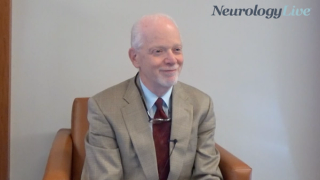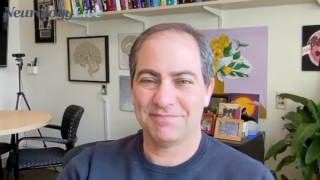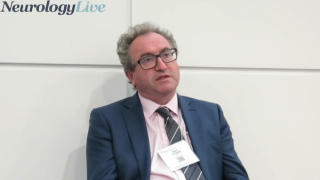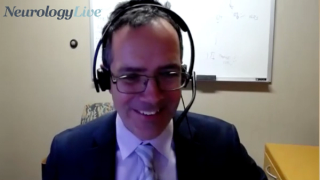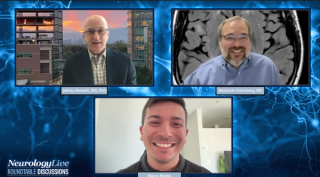
NMOSD
Latest News

Latest Videos

CME Content
More News
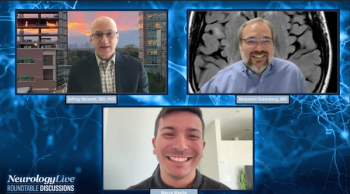
In this segment, Bennett and Greenberg explore the diagnosis, acute treatment, and long-term management of MOGAD, highlighting current therapies and ongoing research. [WATCH TIME: 8 minutes]

For the majority of patients who were either aquaporin-4-antibody seropositive or seronegative, rituximab was the first disease-modifying therapy administered for neuromyelitis optica spectrum disorder.

The analysis revealed a significant link between the proportion of AQP4 antibody-positive cases and a higher female-to-male sex ratio in NMOSD.

Patients with myelin oligodendrocyte glycoprotein IgG-associated disease with severer attacks had higher C5b-9 levels than those with milder attacks.

Research indicated that up to 46% of patients diagnosed with presumed autoimmune limbic encephalitis tested negative for all currently identified central nervous system antigens.

Recent findings showed that treatment with satralizumab was likely associated with a reduction in the concomitant use of immunosuppressive therapies in neuromyelitis optica spectrum disorder.

The study highlights a dramatic decrease in income for patients following disease onset and a significantly higher proportion of them requiring social welfare jobs or disability pensions.

Most relapses occurred before patients resumed immunotherapy after giving birth, suggesting that continued immunosuppression during pregnancy might help prevent attacks.

The study found a 98% agreement between treating physicians’ initial diagnoses and the new MOGAD criteria.

Investigators found that in melanomas in particular, interleukin-6 blockade seems to be effective in the management of immune-related adverse events from immune checkpoint inhibitors.

LETM and AQP4-IgG seropositivity were strong predictors of spinal movement disorders, while MOG-IgG and African American race are protective factors.

The study highlights tocilizumab's potential benefits and safety, even during SARS-CoV-2 infection.

A recent study showed significant retinal damage in patients with double-antibody seronegative neuromyelitis optica spectrum disorders following optic neuritis.
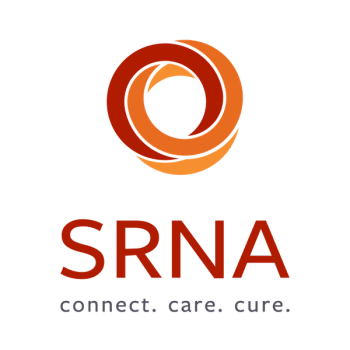
Benjamin Greenberg, MD, a pediatric neurologist at the University of Texas Southwestern Medical Center, provided commentary on a recently initiated online program dedicated to empowering those affected by rare neuroimmune disorders.

A recent study identified limitations in the Expanded Disability Status Score scale's ability to capture full disability spectrum in neuromyelitis optica spectrum disorder and myelin oligodendrocyte glycoprotein-antibody-associated disease.
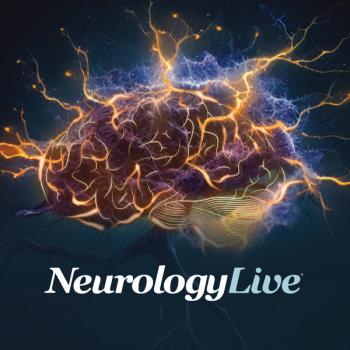
Apheresis Therapy Outperforms Intravenous Methylprednisolone in Long-Term Treatment of NMOSD Attacks
Intravenous methylprednisolone combined with plasma exchange/immunoadsorption achieved better and continuous improvement than IVMP alone

Patients treated with at least 12.5 mg/day of oral prednisone for at least 3 months had an 88% reduction in the risk of relapse compared with those who did not receive this regimen.

The associate professor of neurology at Harvard Medical School talked about results from a recent study that evaluated the efficacy of inebilizumab versus rituximab in treating NMOSD.
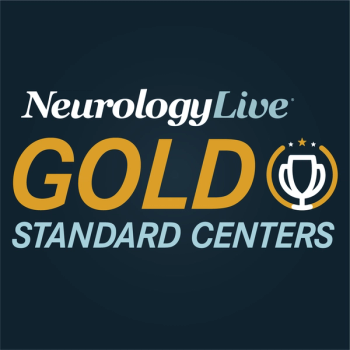
Mayo's MOGAD Clinic represents a new type of novel, multidisciplinary care, incorporating multiple different backgrounds of neurology, neuroimmunology, neuro—ophthalmology, and urology, among others.

A recent network analysis of clinical trials demonstrated that ravulizumab exhibited greater efficacy in preventing relapse in patients with NMOSD compared with other treatments.

Results show that chronic inflammatory demyelinating polyradiculoneuropathy was associated with neuromyelitis optica spectrum disorder and may be treated through a combination approach, although the mechanisms of it are still not understood.

The professor of neurology at Mayo Clinic talked about the need for comprehensive testing, careful consideration of criteria for diagnosis, and effective treatment in MOG antibody-associated disease.

In comparison to previously approved treatments like satralizumab and inebilizumab, ravulizumab-treated patients performed significant better on outcomes of first relapse and time to first relapse.

Ravulizumab reduced NfL levels in cerebrospinal fluid and serum whereas eculizumab showed no change in NfL when compared with placebo.
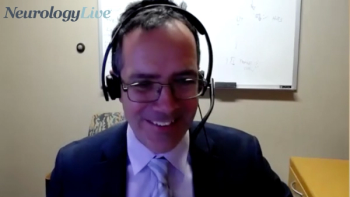
The professor of neurology at Mayo Clinic talked about MOG-antibody associated disease, a relatively newly recognized demyelinating condition of the central nervous system. [WATCH TIME: 4 minutes]




